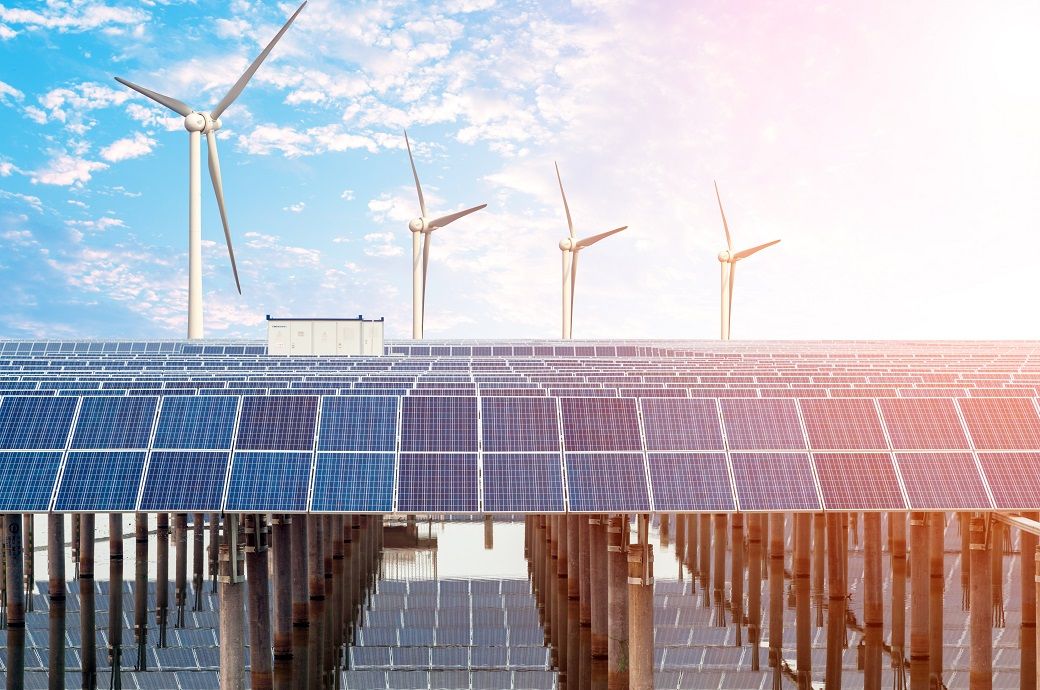
The US Departments of Treasury and Energy, along with the Internal Revenue Service (IRS), have now released additional guidance on the application process and technical specifics for this programme.
The Qualifying Advanced Energy Project Credit revitalises and extends a tax credit initially created through the American Recovery and Reinvestment Act in 2009. This credit champions clean energy manufacturing and recycling, industrial decarbonisation, and the processing, refining, and recycling of critical materials, the US Departments of Treasury and Energy said in a press release.
A wide variety of projects can qualify for an investment tax credit of up to 30 per cent, encompassing areas such as fuel cell manufacturing, geothermal electricity and hydropower components production, carbon capture equipment installation, and critical minerals processing.
The Inflation Reduction Act has set aside $10 billion in new funding for this credit programme. In a move to directly aid communities grappling with coal mine closures or retired coal-fired power plants, the Act mandates that at least $4 billion of this funding be allocated to projects within these regions. The first funding round will distribute $4 billion, of which around $1.6 billion is designated for these specific coal communities.
To expedite applications and provide clarity to applicants as swiftly as possible, the Notice of Proposed Rulemaking (NPRM) integrates recommendations from a wide range of industry and environmental justice stakeholders. The Treasury and IRS have committed to releasing final guidance for the 2023 programme before applications open later this year, marking a crucial step towards a cleaner, more sustainable energy future.
“President Biden’s Investing in America agenda ensures all communities benefit from the growth of the clean energy economy by driving investment in areas of the country that have often been overlooked and left behind,” said Wally Adeyemo, deputy secretary of the treasury. “These investments will improve the nation’s energy security and create good-paying jobs in vital fields like clean-energy manufacturing and critical materials processing. They will also allow for existing energy infrastructure to be retooled for the clean energy economy. All this work will contribute to lower energy costs for families who have struggled to pay their utility bills.”
Fibre2Fashion News Desk (DP)